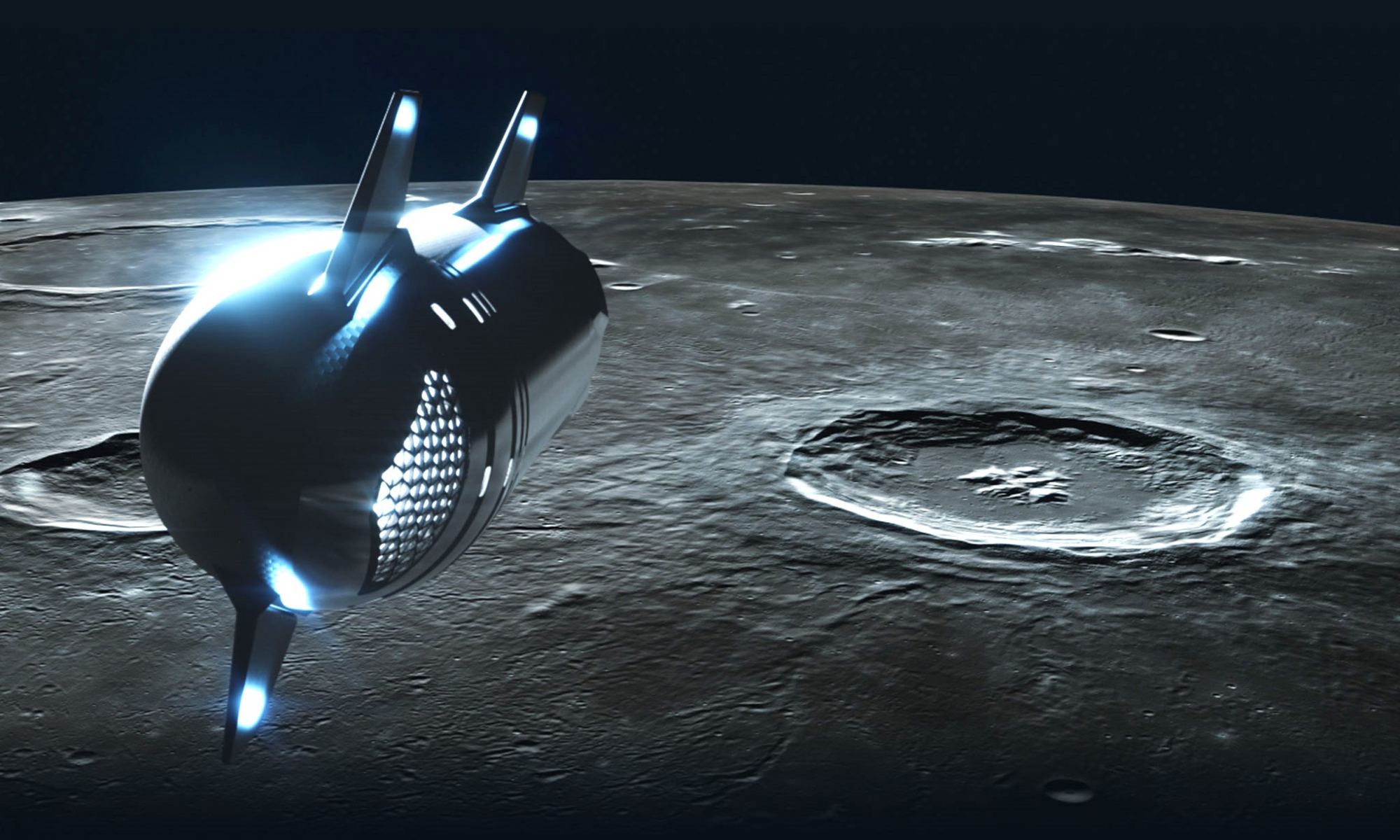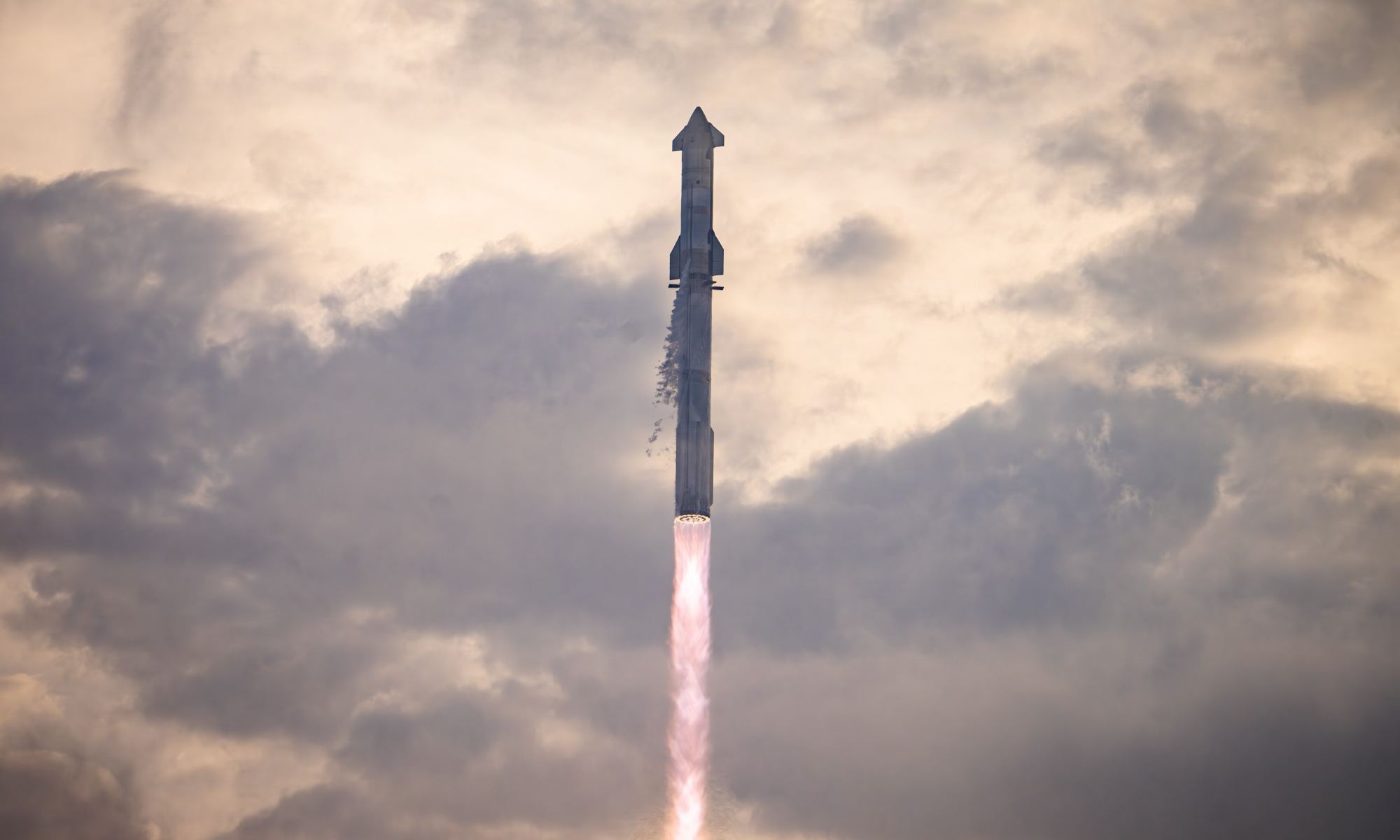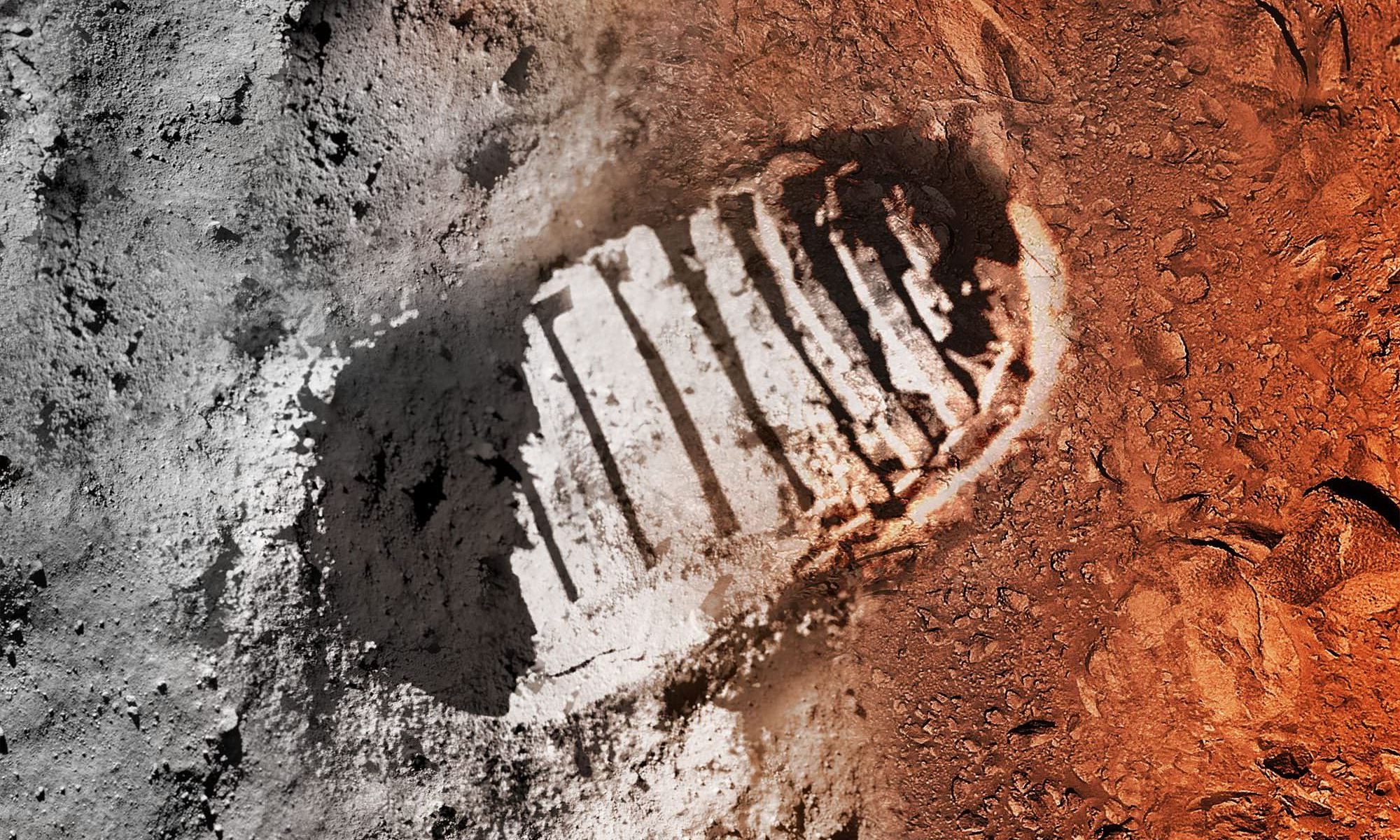The launch of a rocket into orbit should never become routine. There was a time, probably around the 50’s and 60’s that a rocket launch hit the headlines. Now its just another launch. Last year (2024) saw a record breaking 263 launches. The US launched 158, China launched 68 and other countries/regions like Europe, Russian and Japan. Last year just 224 launches were completed and two years ago in 2022, 168 launches were completed. Surprisingly perhaps, prior to 2020 the record was set at 141 back in 1967, the future of rocket flight still seems quite alive!
Starship’s Booster (and Donald Trump) Make a Splash With Sixth Flight Test

SpaceX’s Starship launch system went through its sixth flight test today, and although the Super Heavy booster missed out on being caught back at its launch pad, the mission checked off a key test objective with President-elect Donald Trump in the audience.
Trump attended the launch at SpaceX’s Starbase complex in the company of SpaceX CEO Elon Musk, who has been serving as a close adviser to the once and future president over the past few months. In a pre-launch posting to his Truth Social media platform, Trump wished good luck to “Elon Musk and the Great Patriots involved in this incredible project.”
Continue reading “Starship’s Booster (and Donald Trump) Make a Splash With Sixth Flight Test”SpaceX’s Mechazilla Catches a Starship Booster on First Try

For the first time ever, SpaceX has followed through on a Starship test launch by bringing back the Super Heavy booster for an on-target catch in the arms of its “Mechazilla” launch-tower cradle in Texas.
“This is a day for the engineering history books,” SpaceX launch commentator Kate Tice said.
Today’s successful catch marks a giant step toward using — and reusing — Starship for missions ranging from satellite deployments to NASA’s moon missions to migrations to Mars.
Continue reading “SpaceX’s Mechazilla Catches a Starship Booster on First Try”Success! SpaceX’s Starship Makes a Splash in Fourth Flight Test
SpaceX’s Starship earned high marks today in its fourth uncrewed flight test, making significant progress in the development of a launch system that’s tasked with putting NASA astronauts on the moon by as early as 2026.
Continue reading “Success! SpaceX’s Starship Makes a Splash in Fourth Flight Test”Japanese Billionaire Calls Off His Starship Trip Around the Moon
Six years after he announced a grand plan to fly around the moon with a crew of artists in SpaceX’s Starship rocket, Japanese billionaire Yusaku Maezawa said he was canceling the project due to delays in Starship’s development.
In a series of postings to the X social-media platform, Maezawa said he signed his contract with SpaceX “based on the assumption that dearMoon would launch by the end of 2023.”
“It’s a developmental project, so it is what it is, but it is still uncertain as to when Starship can launch,” he wrote. “I can’t plan my future in this situation, and I feel terrible making the crew members wait longer, hence the difficult decision to cancel at this point in time. I apologize to those who were excited for this project to happen.”
Continue reading “Japanese Billionaire Calls Off His Starship Trip Around the Moon”Starship Reaches Orbit on SpaceX’s Third Test but Breaks Up on Re-Entry
After falling short in its first two attempts, SpaceX got its Starship super-rocket to an orbital altitude today during the launch system’s third integrated flight test. Now it just has to work on the landing.
Today’s test marked a major milestone in SpaceX’s effort to develop Starship as the equivalent of a gigantic Swiss Army knife for spaceflight, with potential applications ranging from the deployment of hundreds of Starlink broadband satellites at a time to crewed odysseys to the moon, Mars and beyond.
Continue reading “Starship Reaches Orbit on SpaceX’s Third Test but Breaks Up on Re-Entry”SpaceX Test Fires a Raptor Engine, Simulating a Lunar Landing
When NASA astronauts return to the surface of the Moon in the Artemis III mission, the plan is to use a modified SpaceX Starship as their lunar lander. NASA announced last week that SpaceX has now demonstrated an important capability of the vacuum-optimized Raptor engine that will be used for the lander: an extreme cold start.
A test last month successfully confirmed the engine can be started in the frigid conditions of space, even when the vehicle has spent an extended time in space, where temperatures will drop lower than a shorter low-Earth orbit mission. The Raptor vacuum engine was chilled to mimic conditions after a long coast period in space, and then was successfully fired.
Continue reading “SpaceX Test Fires a Raptor Engine, Simulating a Lunar Landing”SpaceX’s Starship Has a Glorious Liftoff — but Then Spins and Explodes
SpaceX’s Starship launch system lifted off on its first full-scale test flight today, rising majestically from its Texas launch pad but falling short of stage separation.
The uncrewed mission represented the most ambitious test yet for the world’s most powerful rocket — which eventually could send people to the moon and Mars, and even between spaceports on our own planet.
Liftoff from SpaceX’s Starbase complex at Boca Chica on the South Texas coast came at 8:33 a.m. CDT (9:33 a.m. EDT). The Starship system’s Super Heavy booster, powered by 33 methane-fueled Raptor rocket engines, rose into clear skies with a deafening roar and a blazing pillar of flame.
Hundreds of SpaceX employees cheered at the company’s California headquarters, but the crowd turned quiet three minutes into the flight when the Starship upper stage failed to separate from the booster as planned. The entire rocket spun in the air as a ground-based camera watched.
A minute later, SpaceX’s flight termination system destroyed both stages of the rocket as a safety measure. “Obviously, we wanted to make it all the way through, but to get this far, honestly, is amazing,” launch commentator Kate Tice said.
Continue reading “SpaceX’s Starship Has a Glorious Liftoff — but Then Spins and Explodes”The 9th Annual Achieving Mars Workshop Report has been Released! How to Make Mars Affordable…
This past summer (June 14th to June 16th), representatives from the public space sector, the commercial space industry, and academic institutions convened at George Washington University in Washington D.C. for The Ninth Community Workshop for Achievability and Sustainability of Human Exploration of Mars. The invitation-only event was hosted by Explore Mars, Inc., a non-profit organization dedicated to fostering international collaboration and cooperation between government and industry to achieve the human exploration of Mars by the 2030s.
The purpose of this workshop is to identify activities that will help prepare for missions to Mars by the 2030s. In particular, the workshop sought to address how a sustainable program of human Martian exploration can be achieved. The highlights of this event were recently shared with the release of the Achieve Mars (AM) IX Report, which established priorities and science objectives for future missions to Mars. The authors also made several recommendations for how cutting-edge technologies could play a role, how the health and safety of astronauts can be assured, and how Mars and Earth can be protected from possible contamination.
;.Look out, Starship! China is Building a Massive Reusable Rocket!
For years, China has been dropping hints about its Long March 9 (CZ-9) rocket, a three-stage super-heavy variant of the Long March family. This launch vehicle will reportedly be capable of transporting up to 150,000 kg (165 tons) to Low Earth Orbit (LEO) and 54,000 kg (59.5 tons) to a trans-lunar injection. On March 2nd, the China Academy of Launch Vehicle Technology (CALT) announced (via the Chinese social media platform Weixin) that it had finished building the first propellant tank for the CZ-9.
The news was accompanied by pictures that showed the finished tank and the many components that went into making it – and they are massive!
Continue reading “Look out, Starship! China is Building a Massive Reusable Rocket!”







